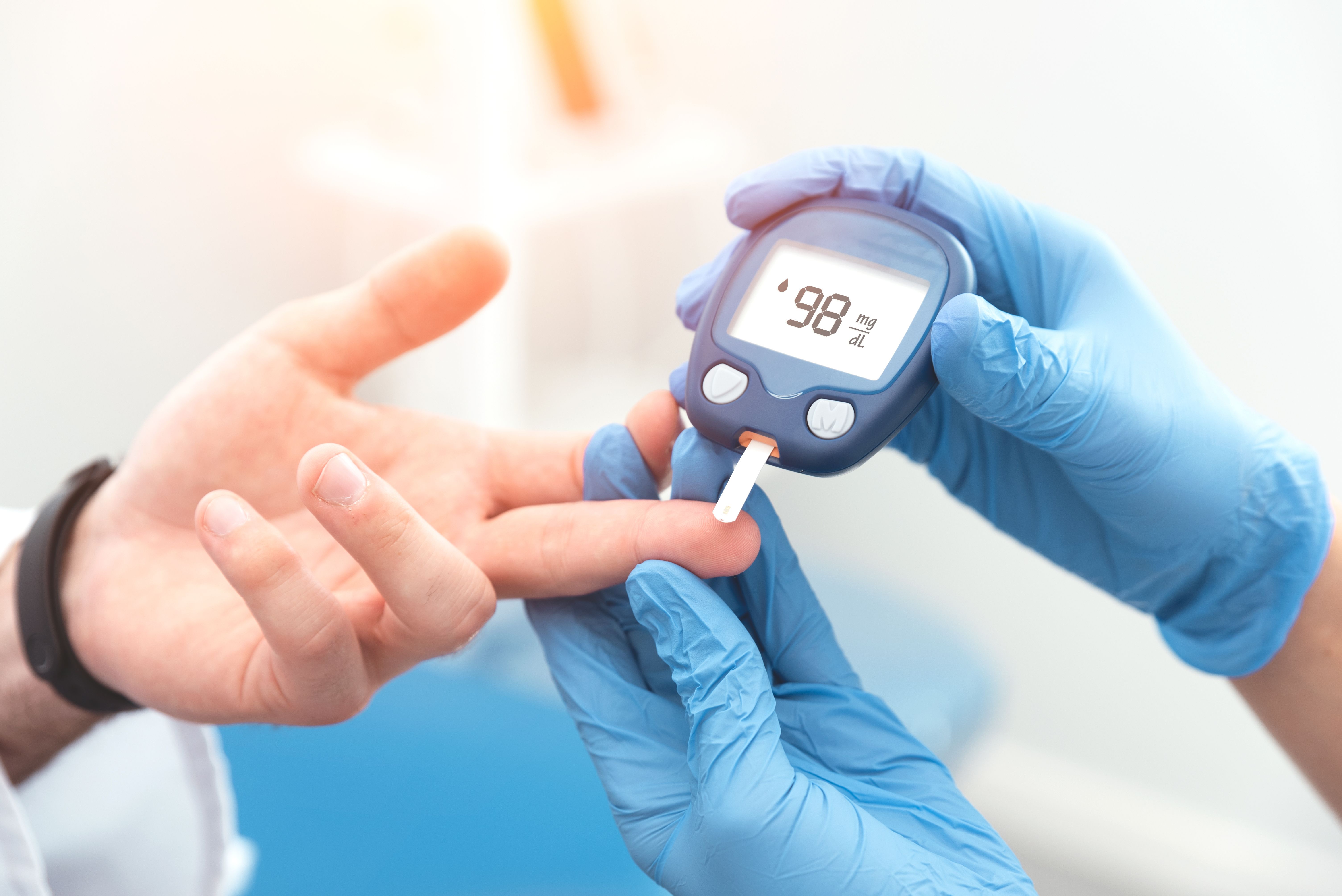Article
American Diabetes Association Highlights New Developments in Diabetes Technology
Author(s):
The American Diabetes Association showcased advancements in diabetes technology revolving around improving glucose control devices and treating diabetic retinopathy at the 83rd Scientific Sessions.
The American Diabetes Association (ADA) presented findings from 2 studies that demonstrate advancements in glucose control and treating diabetic retinopathy (DR) at the 83rd Scientific Sessions held in San Diego, California, according to a press release.
Credit: Proxima Studio - stock.adobe.com

“We have seen many advancements over the years in the technology available to help manage and treat diabetes. Recently, AI and medical devices are helping to drive this movement,” said Robert Gabbay, MD, PhD, chief scientific and medical officer for the ADA, in the release. “We are excited that novel technology is at the forefront of this year’s scientific sessions as we highlight the incredible developments that can help transform diabetes care.”
The findings of the study, Feasibility of a Prototype Dual Function Glucose Sensing Insulin Delivery Cannula in People with Type 1 Diabetes, showcased the feasibility of a single through-the-skin device combining glucose sensing and insulin delivery functions, which was realized with SynerG, a device developed by Pacific Diabetes Technologies, the press release stated.
The device is a dual-function glucose sensing-insulin delivery instrument that greatly simplifies diabetes management in comparison to an often complex and burdensome experience with automated insulin delivery (AID) systems, commonly known as an artificial pancreas.
Today’s artificial pancreas technology can require multiple devices and separate insertions for the glucose sensor and insulin delivery cannula due to preservatives in the insulin potentially interfering with the function of current sensors, according to the release. In contrast, SynerG has a warm-up time of less than 30 minutes and synchronizes the schedules for glucose monitoring and insulin delivery.
The previously mentioned study enrolled 24 participants with type 1 diabetes on insulin pump therapy (IPT) and evaluated insulin infusion site function, user tolerability, and sensor accuracy of SynerG, according to the ADA. The results of the study found that insulin did not interfere with the accuracy of the glucose sensor and demonstrated measurement accuracy, as well as readily delivering insulin to participants.
“We believe these findings represent a potentially significant step forward in the management of glucose levels for those living with diabetes with the feasibility of a single insertion subcutaneous device able to both sense glucose and infuse insulin,” said David O'Neal MD, professor with the University of Melbourne Department of Medicine at St. Vincent’s Hospital.
An additional study, Identifying the Risk of Diabetic Retinopathy Progression Using Machine Learning on Ultrawide Field Retinal Images, examined using AI algorithms to improve the process of estimating risk of DR progression. As the number of Americans with DR continues to grow and current scales that can inform clinicians need improvement, the use of AI could simplify and make more efficient this process.
In the study, researchers developed and validated machine learning models for DR progression from ultrawide field retinal images, which were labeled for baseline DR severity and progression. The findings show that AI prediction for 91% of the images were either correct labels or the labels with greater progression than the originals, showing the feasibility of using ML models to determine DR progression risk.
“Our findings show that potentially, the use of machine learning algorithms may further refine the risk of disease progression and personalize screening intervals for patients, possibly reducing costs and improving vision-related outcomes,” said Paolo S. Silva, MD, co-chief of Telemedicine, Beetham Eye Institute, Joslin Diabetes Center.
Reference
American Diabetes Association. American Diabetes Association to Highlight Innovations in Diabetes Technology for Glucose Management and Diabetic Eye Condition. News release. June 23, 2023.
Newsletter
Stay informed on drug updates, treatment guidelines, and pharmacy practice trends—subscribe to Pharmacy Times for weekly clinical insights.





